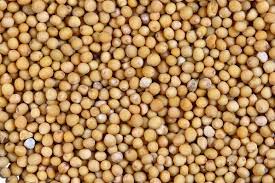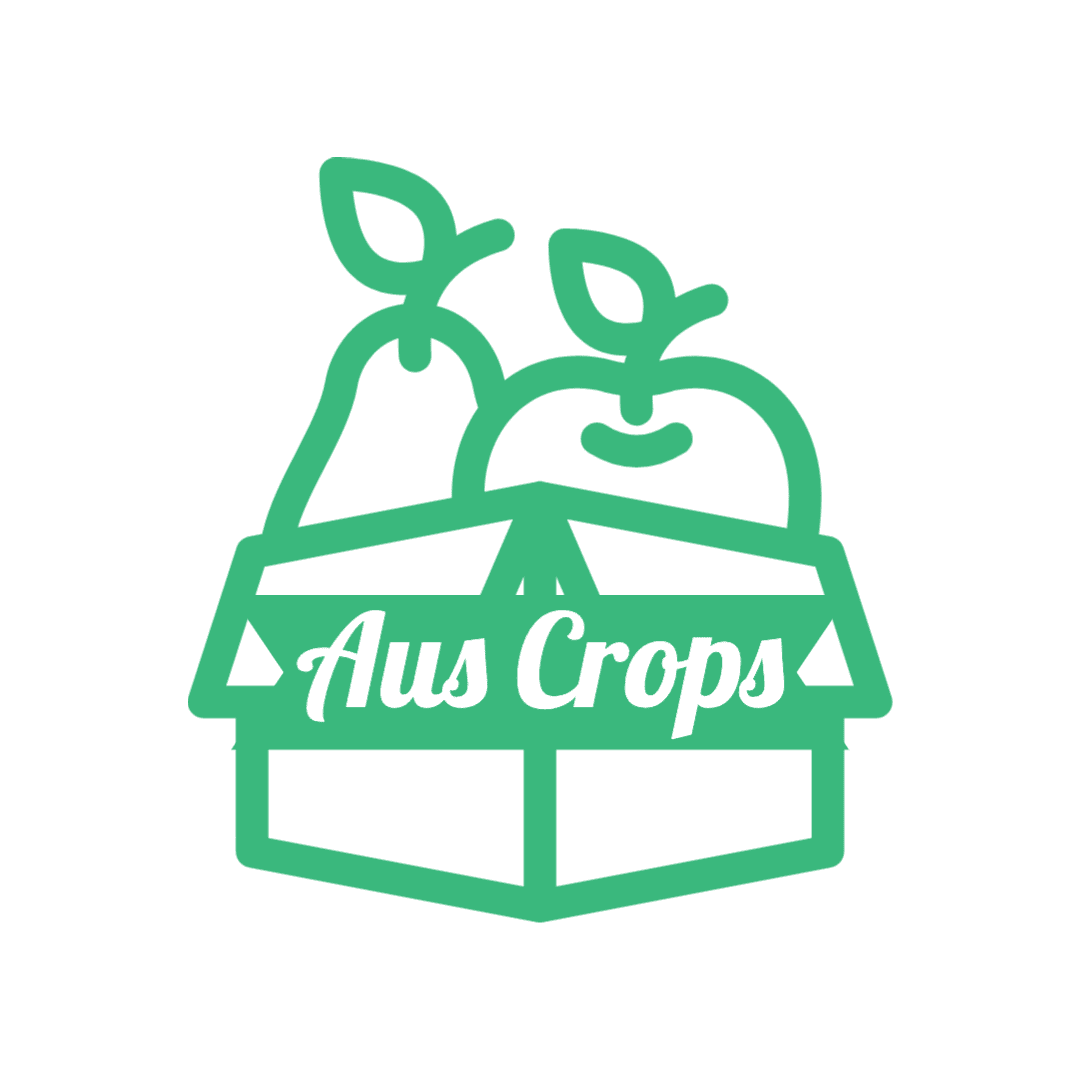No products in the cart.

Firstly, introducing Auscrops, a wonderful market vending company bridging farmers and customers together through market vendors. Click here to find out more about Where do Mustard Seeds Come From as well fruit and vegetable offers.
Where do Mustard Seeds Come From
Mustard has been an inseparable part of culinary culture for thousands of years, both for its tangy flavor and medicinal values. Have you ever wondered where these seeds, the tiny yellow particles that add depth and texture to the condiment, come from? In this blog, we will explore the origins of these seeds and how they are grown, harvested, and processed.
What are Mustard Seeds?
They are the small, round, or oval-shaped particles that grow on a mustard plant, scientifically known as Brassica juncea. These seeds encased in tiny pods called siliques and come in various colors. Including black, white, and brown, depending on their maturity level and processing. The seeds have a sharp, pungent flavor due to the presence of a natural compound called isothiocyanate.
Where do Mustard Seeds come from?
The mustard plant is native to the Mediterranean and Middle East regions and has a rich history dating back to ancient times. Today, these seed production show widely distributed throughout the world, including India, Canada, Nepal, Russia, and Ukraine. The ideal growing conditions for mustard plants are cool temperatures and moist soil. Which make them a perfect crop for the temperate regions of the world.
How are Mustard Seeds Grown?
Mustard plants are an annual crop that requires well-drained, fertile soil and moderate rainfall or irrigation. The seeds planted in early spring or late summer and take about 3-4 months to mature, depending on the variety. The plants can grow up to 3-4 feet tall and produce clusters of small yellow flowers that eventually turn into siliques. Harvesting the seeds usually involves cutting the whole plant and threshing the siliques to release the seeds.
How are Mustard Seeds Processed?
After harvesting, mustard seeds undergo various processing steps depending on their intended use. For example, black mustard seeds need heated or roasted before use. While white mustard seeds soaked in water to remove the bitter taste. The seeds then ground into a fine or coarse powder and mixed with other ingredients. Like vinegar, salt, and spices to make the popular condiment. Mustard seeds also used in pickling, marinades, salad dressings, and as a flavoring agent in many dishes.
Conclusion:
The journey of mustard seeds from the mustard plant to our plates is fascinating and intricate. Understanding where our food comes from is not only informative but makes us appreciate the process and time it takes to produce a quality product.
Lastly, Click here to read similar articles.
 Français
Français 










